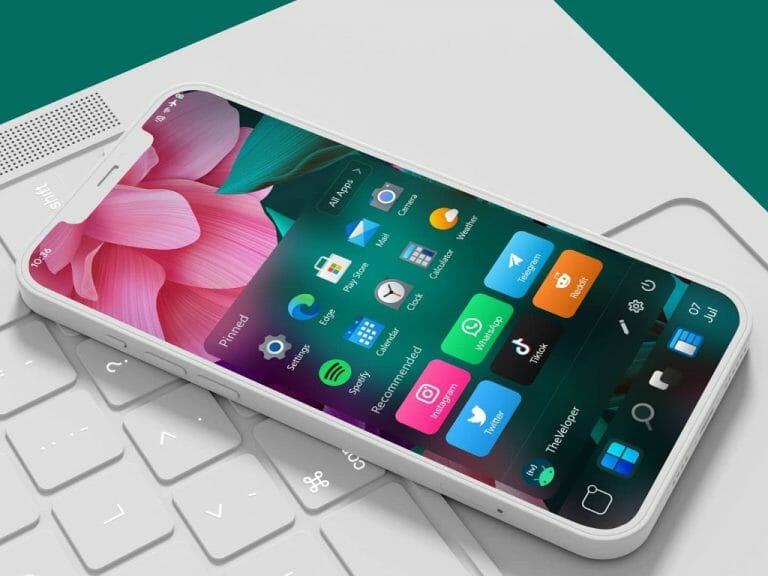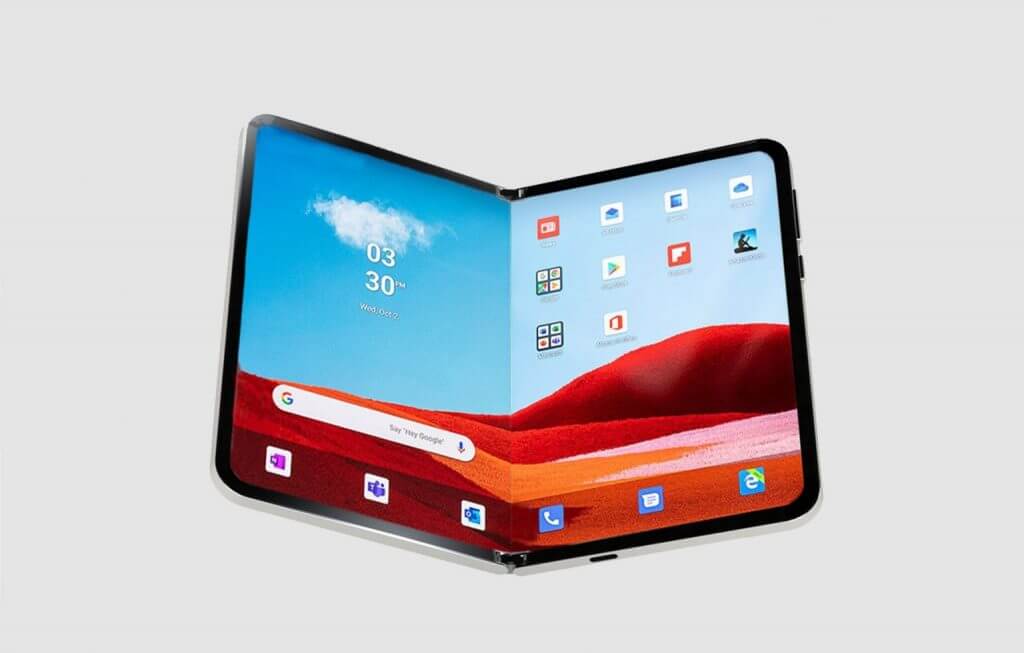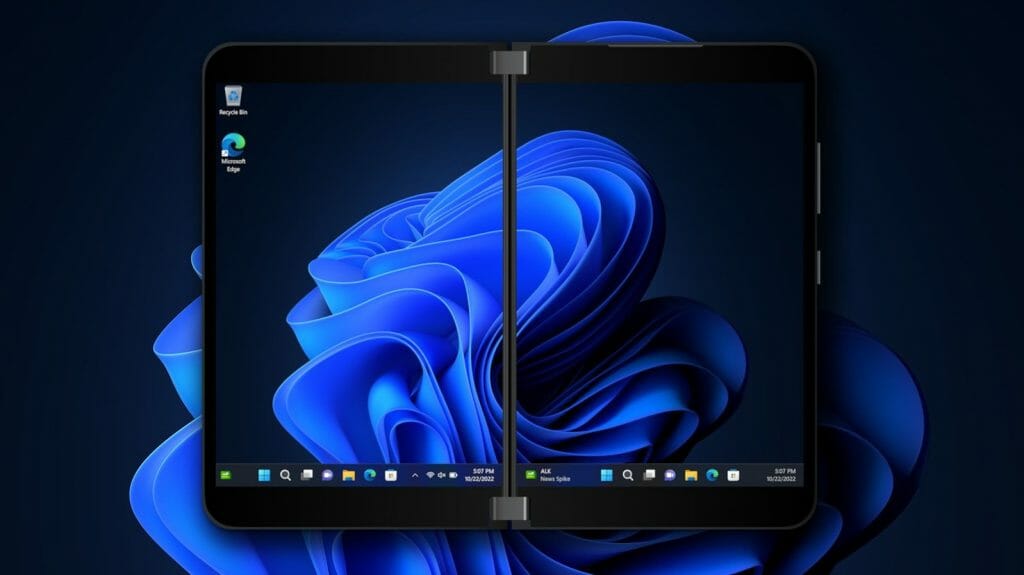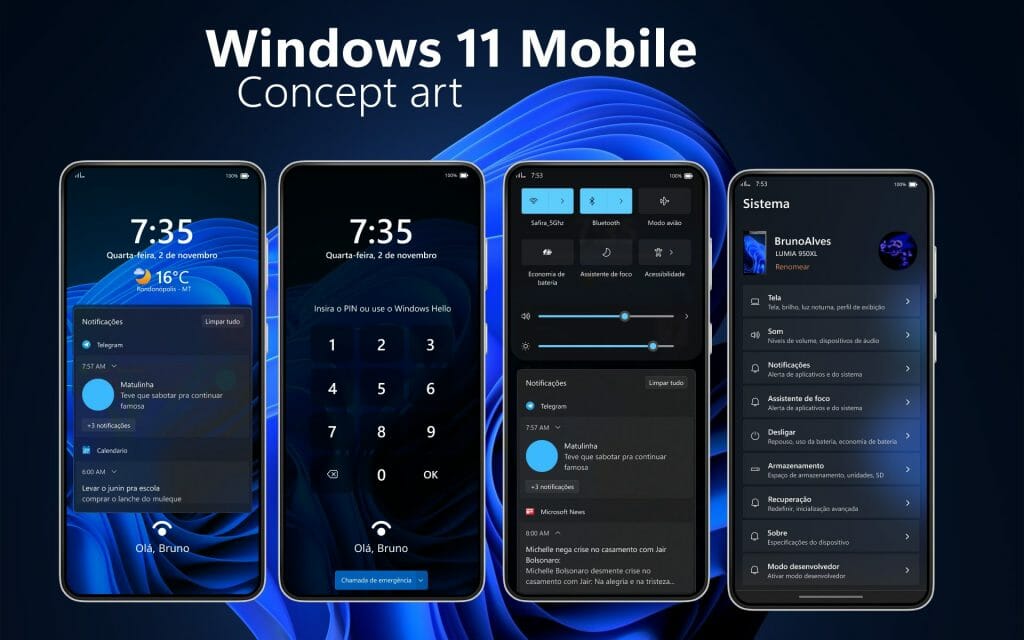As the calendar slips for the Surface Duo teams to deliver even a security update for April, Duo specialists Zac Bowden and Shane Craig call into question the viability of Microsoft’s mobile ambitions in 2023 and beyond, while I simply call into question my own patience.
While Bowden, Craig and others remain restlessly optimistic about a potential successor to the Microsoft Surface Duo 2 possibly landing in 2024, I’ve gotten to the acceptance phase much quicker for the end of Microsoft’s foldable efforts than I did with their previous Windows Phone and Mobile ambitions.
Perhaps in large part due to the limited investment I’ve had with the Surface Duos when compared to the plethora of Windows-powered smartphones I ran through over a 10-year span, but the idea of a Surface Duo 3 is sounding more exhausting of a proposition with each passing month.
In Bowden’s latest update on the state of Surface Duo, he posts that not only has the teams working on the Duo been cut but they’ve also deprioritized development on the device to split time making Teams Rooms on Android a success. Seemingly as a result of the prioritization shuffle Microsoft Duo and Duo 2 owners are now left with simply getting late security updates, if at all. Furthermore, Microsoft may be holding on addressing long standing issues with the last big update to the devices with Android 12. as a result of being short-staffed.
Teams Rooms on Android is Microsoft’s attempt at becoming an AOSP vendor for device makers building Teams-powered conferencing devices like desk phones. Previously, OEMs built their own software for these devices and licensed the Teams integration, but now, Microsoft has full control of the OS from the ground up.
For whatever reason, Microsoft considers this effort more important than supporting the Surface Duo with new features and bug fixes, so work on Android for Surface Duo has slowed while the team focused on Teams Rooms on Android. That’s why Android 12L launched in October and has received pretty much no fixes or improvements since.
In addition to waiting on an updated piece of hardware from the Surface Duo team, it looks like customers will have to wait on software as well, with the company giving no commitment or even an indication that Android 14 will come to devices in 2023, leaving many to believe Microsoft may simply wait to release Android 14 with a new device at the end of 2024.
Beyond its logistical failings, it looks like Microsoft couldn’t hold their highly touted partnership with Google together, as the relationship frayed enough to clog the publishing pipes for Android 12 and 13 to Duo devices according to Bowden. The reasons for the deterioration of the Microsoft/Google partnership in mobile haven’t been made clear at this point, but couple struggling with the sole platform provider for your device as well as sidelining your own software development teams and the Surface Duo project is looking less and less likely as evolving third attempt from the company and more like a baggage-filled restart.
Which is why I’m ready for Microsoft to shelve the whole Surface Duo project and focus its efforts on the Microsoft Launcher in 2024. While I enjoy the sleek design acumen of the Surface team in most of their hardware efforts, there is nothing inherent to Microsoft’s business that needs to offer a Surface branded smartphone or mobile device in 2024, especially if it’s running Android.
With Microsoft’s rumored pivot to a single-screen foldable as well as a possible slab-style traditional smartphone option, the Surface mobile effort makes even less sense in 2024 than it did in 2019.
I won’t rehash all of the shortcomings Microsoft will have to overcome to even make a viable product next year, but in 2024, even if Microsoft manages to deliver a piece of hardware, its only differentiating benefits will be in software and price. Both software and price are two places an investment in the Microsoft Launcher could net the company some revenue wins in mobile that it hasn’t been able to replicate in close to a decade. There are over 50 million downloads of the Microsoft Launcher and another 10 million of SwiftKey listed in the Google Play Store, if just a fraction of those downloads came at a price, Microsoft might make more in revenue than it did over the past three years with the Surface Duo alone.
I say this as staunch fan of the Surface Duo, but Instead of sinking more R&D into perfecting foldable OLED displays to ultimately put out a sixth or seventh me-too device in a Surface Duo 3, Microsoft should invest that time and effort into the Microsoft Launcher and relaunching it as paid app that bridges the Windows OS aesthetic and feature set closer to that of Android. With Windows 11 moving further away from the stark flat minimalism design Windows 10 was put into a corner by Windows 8, it should be even easier for the Microsoft Launcher team to bring over current UI elements to Android that both feel natural but entirely Windows.
Bring over the new dock to the Launcher, iconography, typography, Action Center as a full replacement of Notification Shade, similarly designed Photos, Media Player, Calculator, Clock, Sound Recorder, Video Editor (Clipchamp), and Maps apps to fill out or replace stock apps on Android phones.
Aside from looks, merging Universal Clipboard, Windows Remote and tying Phone Link integration into the OS level of the apps on Windows could go a long way to giving Window users a superior experience to that of even MacOS and iOS, and one, some users may be willing to pay a certain amount for.
Microsoft seemingly already has the ingredients to make the Microsoft Launcher a need-to-have app but it hasn’t put them together in any meaningful way for users in the past four years. Adapting the layout of the Microsoft Launcher for both candy bar style phones and foldables should still net Microsoft the future in mobile it’s looking to capitalize on with offices tying devices to Microsoft Intune/Endpoint licenses.
With the possibility of having to shell out another lump sum of money for what will ostensibly be another test project for the Surface team, I find myself almost exhausted by that proposition. At this point, I’d wager there are Microsoft fans willing to put down a much smaller amount of money ($4 to $10) to get a polished Microsoft Launcher experience on their current or future devices that follows a Windows development cycle where applicable, on mobile.
Rather than trying to reinvent the wheel when it comes to managing the physical capacity of battery life, cooling, ARM development, processing power, camera technology, screen refresh rates, color accuracy and HDR support, port selections, IPS ratings, durability, component sourcing, channel distribution, inventory, and the other 101 headaches of supporting a physical device, focusing on the Microsoft Launcher should be the more appealing option the Surface team should want to pursue in 2024.





